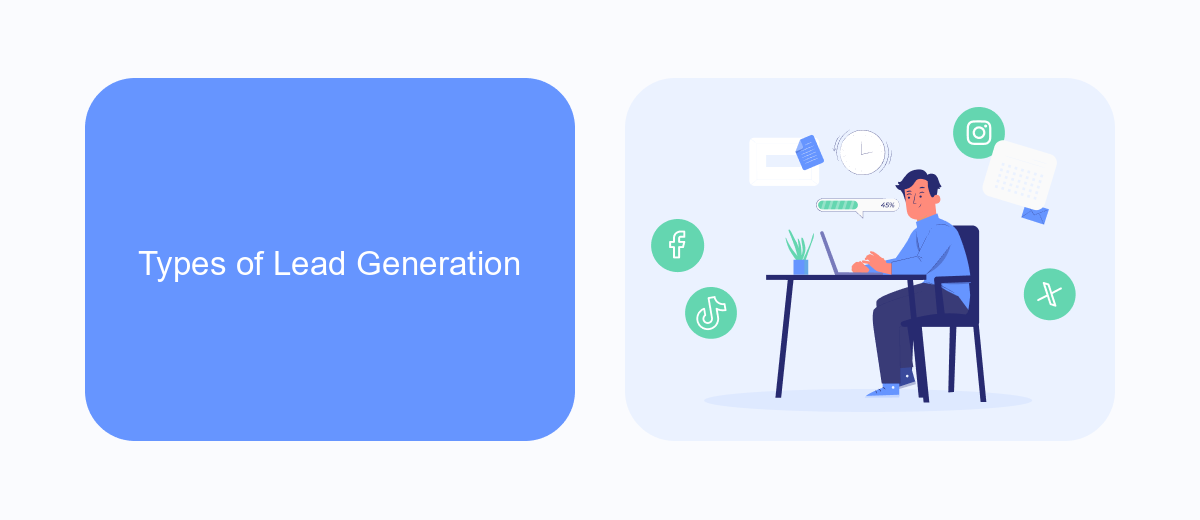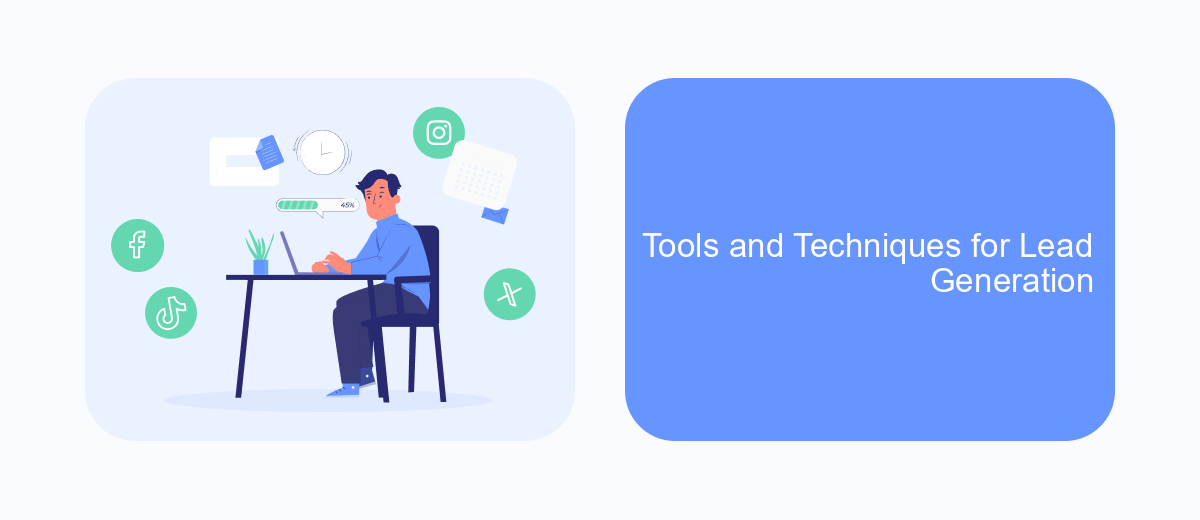Lead generation is a critical process in the world of marketing and sales, aimed at attracting and converting potential customers into leads. By identifying and nurturing prospects, businesses can create a steady pipeline of potential clients. This article delves into the definition of lead generation, exploring its significance, strategies, and best practices to help your business grow and succeed.
Definition of Lead Generation
Lead generation refers to the process of attracting and converting strangers and prospects into individuals who have indicated interest in your company's product or service. This is a crucial aspect of any marketing strategy, as it helps to build a pipeline of potential customers and drive business growth.
- Identifying target audience
- Creating valuable content
- Utilizing social media platforms
- Implementing email marketing campaigns
- Setting up automated lead management systems
Effective lead generation requires a combination of strategies and tools. For instance, integrating various marketing platforms can streamline the process. Services like SaveMyLeads can automate the integration of different tools, ensuring that leads are captured and managed efficiently. This not only saves time but also enhances the accuracy and effectiveness of lead generation efforts.
Types of Lead Generation

Lead generation can be broadly categorized into two main types: inbound and outbound. Inbound lead generation focuses on attracting potential customers through content marketing, SEO, social media, and other online strategies. This method aims to create valuable content that naturally draws in interested prospects. For example, a well-crafted blog post or an engaging social media campaign can generate leads by providing useful information that addresses the needs and interests of the target audience.
On the other hand, outbound lead generation involves proactive outreach to potential customers through methods such as cold calling, email marketing, and direct mail. This approach is more direct and often requires personalized messaging to capture the attention of prospects. Integrating these strategies with tools like SaveMyLeads can significantly enhance efficiency. SaveMyLeads automates the process of capturing and managing leads from various sources, ensuring that no potential customer is overlooked. By leveraging such services, businesses can streamline their lead generation efforts and focus on converting leads into loyal customers.
Benefits of Lead Generation

Lead generation is a crucial aspect of any business strategy, offering numerous benefits that can significantly enhance a company's growth and profitability. By effectively generating leads, businesses can ensure a steady stream of potential customers, which is essential for long-term success.
- Increased Sales and Revenue: By attracting more potential customers, lead generation helps in boosting sales and, consequently, revenue.
- Improved Targeting: Lead generation allows businesses to focus on specific demographics, ensuring that marketing efforts are directed towards those most likely to convert.
- Cost Efficiency: Compared to traditional marketing methods, lead generation can be more cost-effective, as it targets interested prospects directly.
- Enhanced Customer Relationships: Through lead generation, businesses can gather valuable data about their prospects, enabling personalized marketing and improved customer relationships.
- Integration with Marketing Tools: Services like SaveMyLeads allow seamless integration of lead generation data with various marketing tools, streamlining the process and improving efficiency.
In summary, lead generation is a vital component of a successful marketing strategy. By increasing sales, improving targeting, and enhancing customer relationships, businesses can achieve sustainable growth and a competitive edge in the market. Utilizing tools like SaveMyLeads can further optimize the process, ensuring that leads are effectively managed and converted into loyal customers.
Tools and Techniques for Lead Generation

Effective lead generation requires a combination of tools and techniques to attract and convert potential customers. One of the most essential tools in this process is a Customer Relationship Management (CRM) system, which helps in managing interactions and tracking leads through the sales funnel.
In addition to CRM systems, businesses often use marketing automation tools to streamline their lead generation efforts. These tools can automate email campaigns, social media posts, and other marketing activities, ensuring that leads are nurtured effectively. Integrating these tools with other platforms can further enhance their functionality.
- Email Marketing Tools (e.g., Mailchimp, Constant Contact)
- Social Media Management Tools (e.g., Hootsuite, Buffer)
- Landing Page Builders (e.g., Unbounce, Leadpages)
- Lead Capture Forms (e.g., Typeform, Google Forms)
- Integration Services (e.g., SaveMyLeads)
Services like SaveMyLeads allow businesses to automate the integration of various lead generation tools, ensuring that data flows seamlessly between platforms. This not only saves time but also improves the accuracy and efficiency of lead management, ultimately leading to better conversion rates.


Best Practices for Lead Generation
Effective lead generation starts with understanding your target audience and creating valuable content that addresses their needs and pain points. Use a mix of content types, such as blogs, videos, and infographics, to engage your audience and encourage them to share their information. Optimize your website for search engines to ensure your content reaches the right people. Additionally, use social media platforms to promote your content and interact with potential leads.
Integrating automation tools can significantly streamline your lead generation process. Services like SaveMyLeads allow you to automate the transfer of leads from various sources into your CRM system, ensuring no lead is missed. This not only saves time but also ensures a swift response to potential customers, increasing the chances of conversion. Regularly analyze your lead generation efforts to identify what works best and adjust your strategies accordingly. Testing different approaches and continuously optimizing your methods will help you achieve better results over time.
FAQ
What is lead generation?
Why is lead generation important for businesses?
What are some common methods of lead generation?
How can automation tools help in lead generation?
What is the role of a landing page in lead generation?
You probably know that the speed of leads processing directly affects the conversion and customer loyalty. Do you want to receive real-time information about new orders from Facebook and Instagram in order to respond to them as quickly as possible? Use the SaveMyLeads online connector. Link your Facebook advertising account to the messenger so that employees receive notifications about new leads. Create an integration with the SMS service so that a welcome message is sent to each new customer. Adding leads to a CRM system, contacts to mailing lists, tasks to project management programs – all this and much more can be automated using SaveMyLeads. Set up integrations, get rid of routine operations and focus on the really important tasks.
